 I’ll admit. I read issue 4 and was confused. There has been a long wait between issues, even on top of the gaps for the Sandman Overture Special Editions. (Which I’m not reading – I don’t really watch the extras on DVDs either.) The artwork by J. H. Williams III has been lush. Big double-page acid-sheet spreads, dripping with trippy. Some reviewers have called it a bit over the top. No such issue with me. It was visually reading more like a Promethea story than a Sandman story, but you’d expect that from the Promethea illustrator.
I’ll admit. I read issue 4 and was confused. There has been a long wait between issues, even on top of the gaps for the Sandman Overture Special Editions. (Which I’m not reading – I don’t really watch the extras on DVDs either.) The artwork by J. H. Williams III has been lush. Big double-page acid-sheet spreads, dripping with trippy. Some reviewers have called it a bit over the top. No such issue with me. It was visually reading more like a Promethea story than a Sandman story, but you’d expect that from the Promethea illustrator.
This series was making me angry largely because I felt that it was missing something essentially Sandman about it. There were some very Neil Gaiman-esque touches through the story, and some familiar themes were being re-visited (dreams of cats, Morpheus being a callous bastard and having to deal with the fallout, rules that are meant to be followed, stories within stories), but it felt like it had been written by a Neil Gaiman plot generator. All of the elements were present, but there was something genuine missing.
Or maybe I had just not been paying enough attention. So I re-read the 4 issues out to date in one sitting, to see if it was me, or if, indeed, Neil had lost the plot (so to speak).
It turns out, it’s a bit of both, I reckon.
The story makes more sense now. But I reckon I’ve put my finger on why I’m annoyed with this series, given I’m such a fan of Sandman in particular, and Neil Gaiman generally.
I don’t care about what’s happening in this series. Or why.
Sandman Overture seems to be explaining to us the events behind and the reasons why Morpheus was weakened enough to allow himself to be captured at the beginning of the Sandman series. It’s a prequel. The trouble is, I’d never really given it a thought as to why Morpheus was weakened enough to be imprisoned in the first place. I never felt that it needed explaining. So I’m not jumping around with excitement with having this particular revelation tacked onto the Sandman universe. And the revelation that The Endless have a Mother and Father (the Father we meet in issue #4) just doesn’t resonate.
So what’s good about issue #4? Well, the artwork is a real trip. Which you’d hope would be up to it, given that Morpheus, and a Cat version of himself, and some annoying blue child called “Hope” (facepalm) are visiting a City of Stars.
And there was one moment of genuine Gaiman when Morpheus referred to a star both by its present scientific name (Formalhaut), and (presumably) a title, Eye of the Lonely‘. This had me thinking. How many names do stars have? A Scientific Name? A title? Does that depend on their position within a constellation? Would that change if seen from another planet, another constellation by alien races? Would a star have a million names for each group of alien races making stories about them? Could a star tell a lot about you, depending on what name you call it by? This is the Gaiman I remember, who could explode in my head with just a provocative phrase. He’s been a bit heavy on the ‘explanation’ and a bit light on the ‘evocation’ in this series.
It’s revealed that the insane star whose madness has already killed one aspect of Dream, and is threatening the universe with its insanity, was caused by Morpheus and his delayed action over killing an alien child ages ago who was ‘a vortex, an anomaly. An Annulet’ (whatever that is), Her madness has spread and infected her whole planet, and it was Morpheus’ responsibility to kill her, and her infected world. But he couldn’t bring himself to kill the sun of the world and now it’s insane. Cosmic, to be sure, but it all feels a bit ungrounded, and convenient. And it’s starting to sound a bit like a plot from ‘Shade the Changing Man’ a la Pete Milligan (I’m so glad that is finally being reprinted!).
So maybe that’s it then. Sandman Overture is a Shade the Changing Man story dressed up as a Promethea story masquerading as a Sandman story. I knew there was something fishy about this limited series. I know Vertigo is struggling, but this pastiche? Joking aside, for all that, it’s still worth picking up, if only to see what the hell Neil Gaiman is up to with his beloved Sandman multiverse. Fingers crossed he ties it all up.
Has Neil Gaiman ‘lost the plot’? Do you care whether The Endless have parents or not? Are you a bit sick of a ‘vortex’ being the cause of every cosmic problem in the universe?
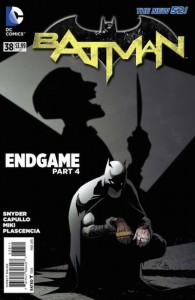
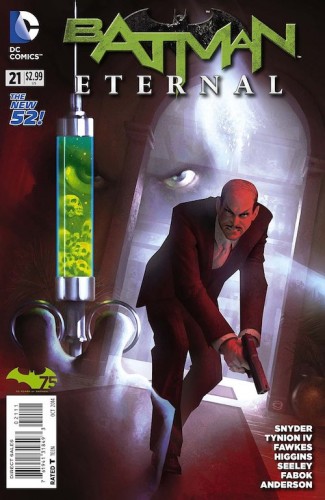
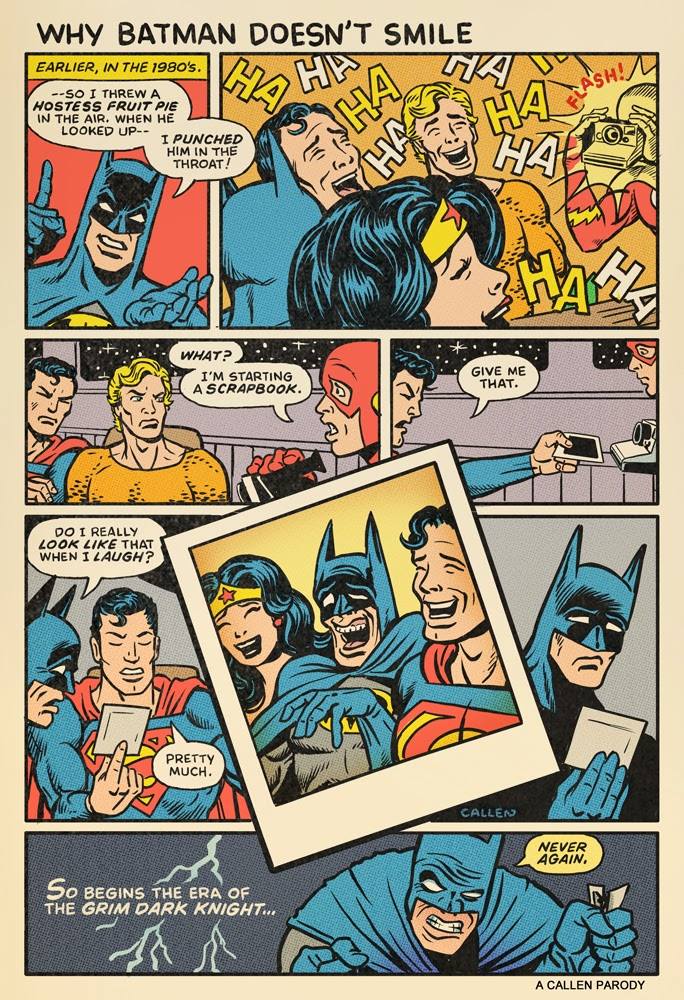
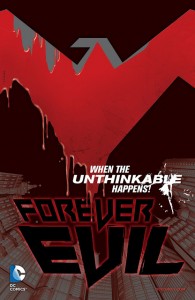


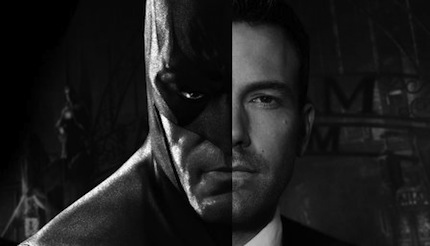
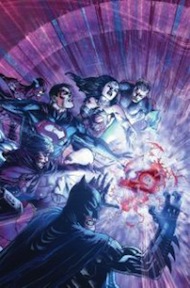

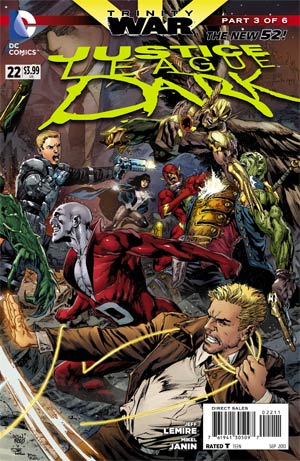
 RSS - Posts
RSS - Posts
Recent Comments